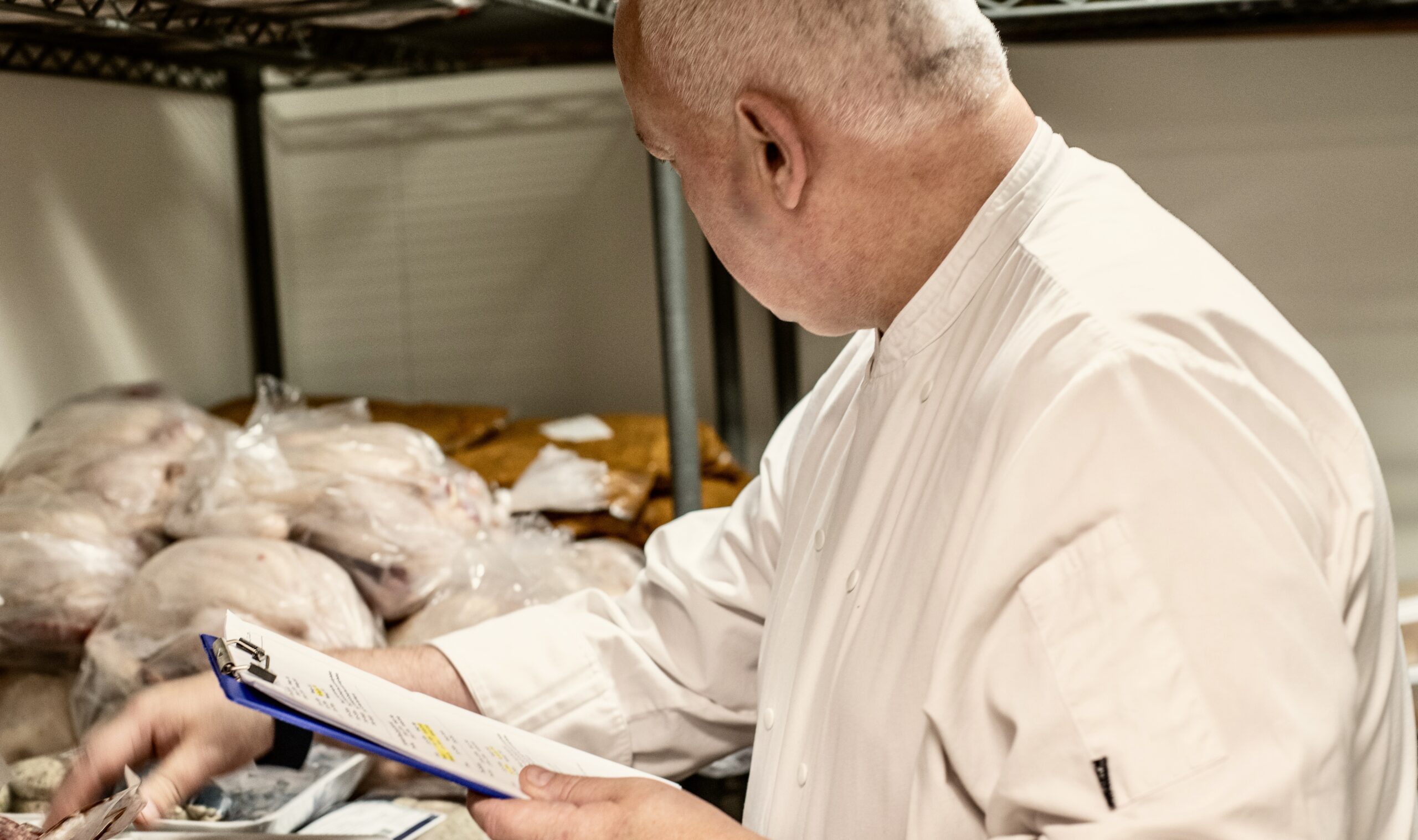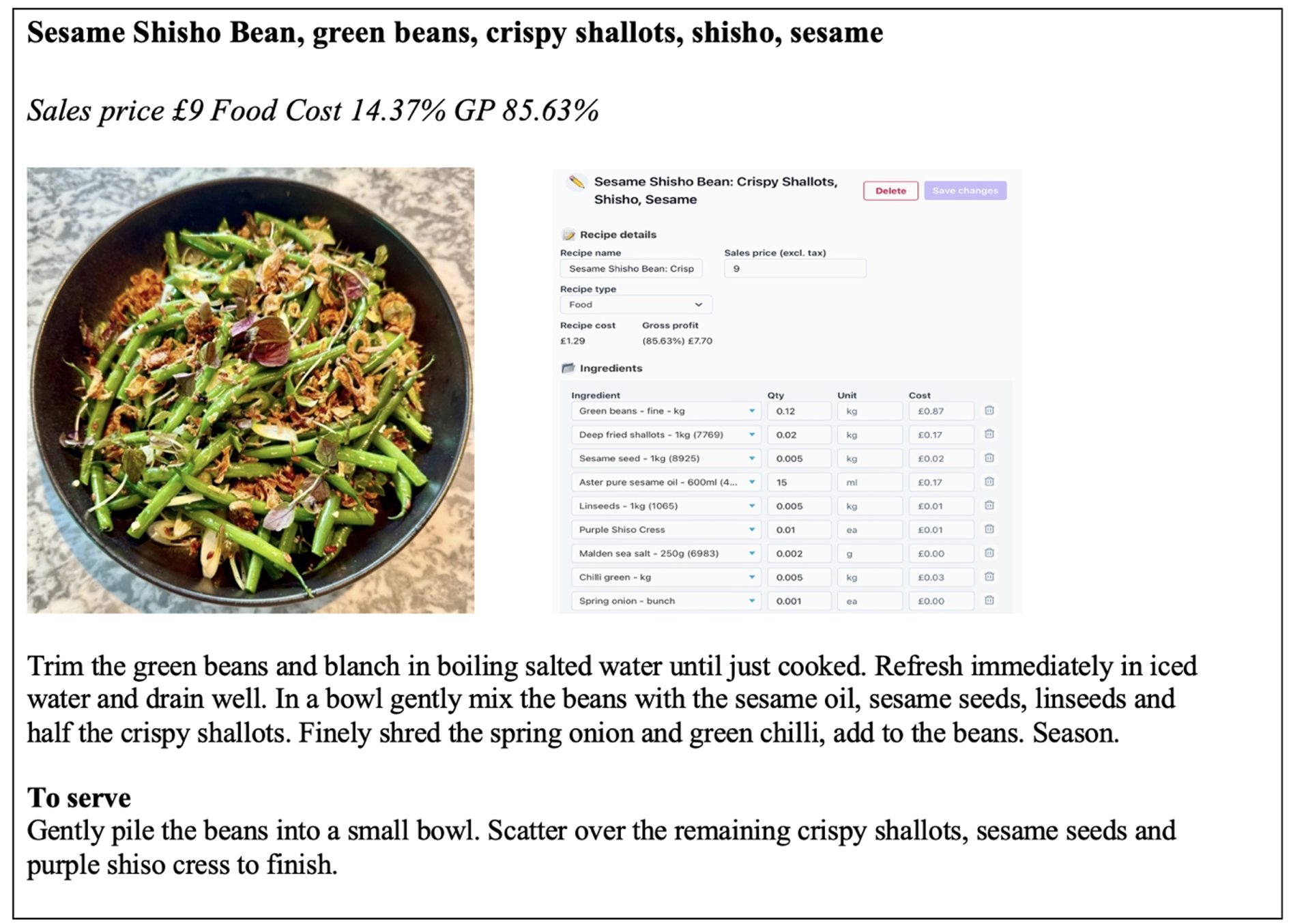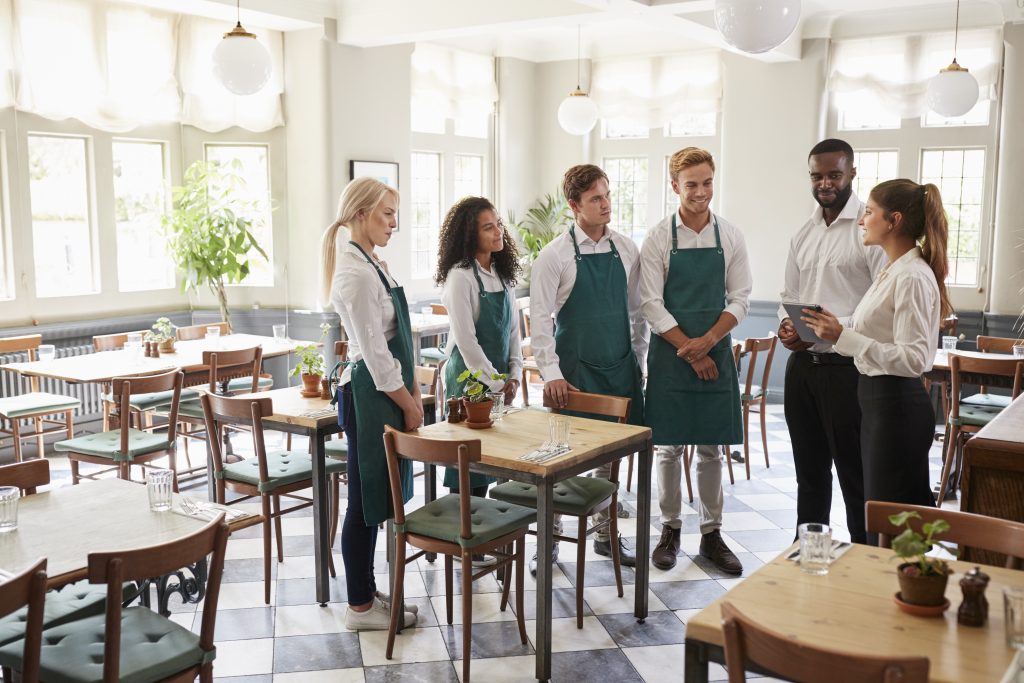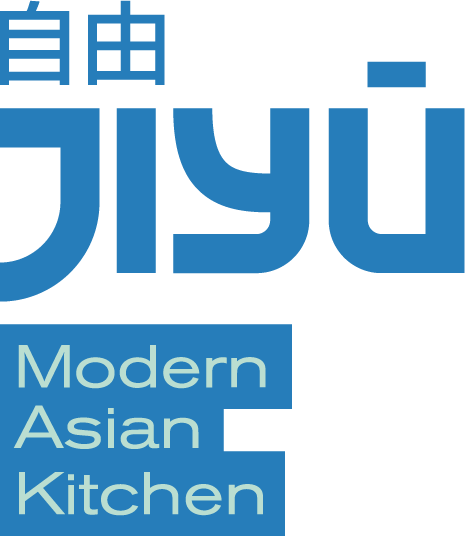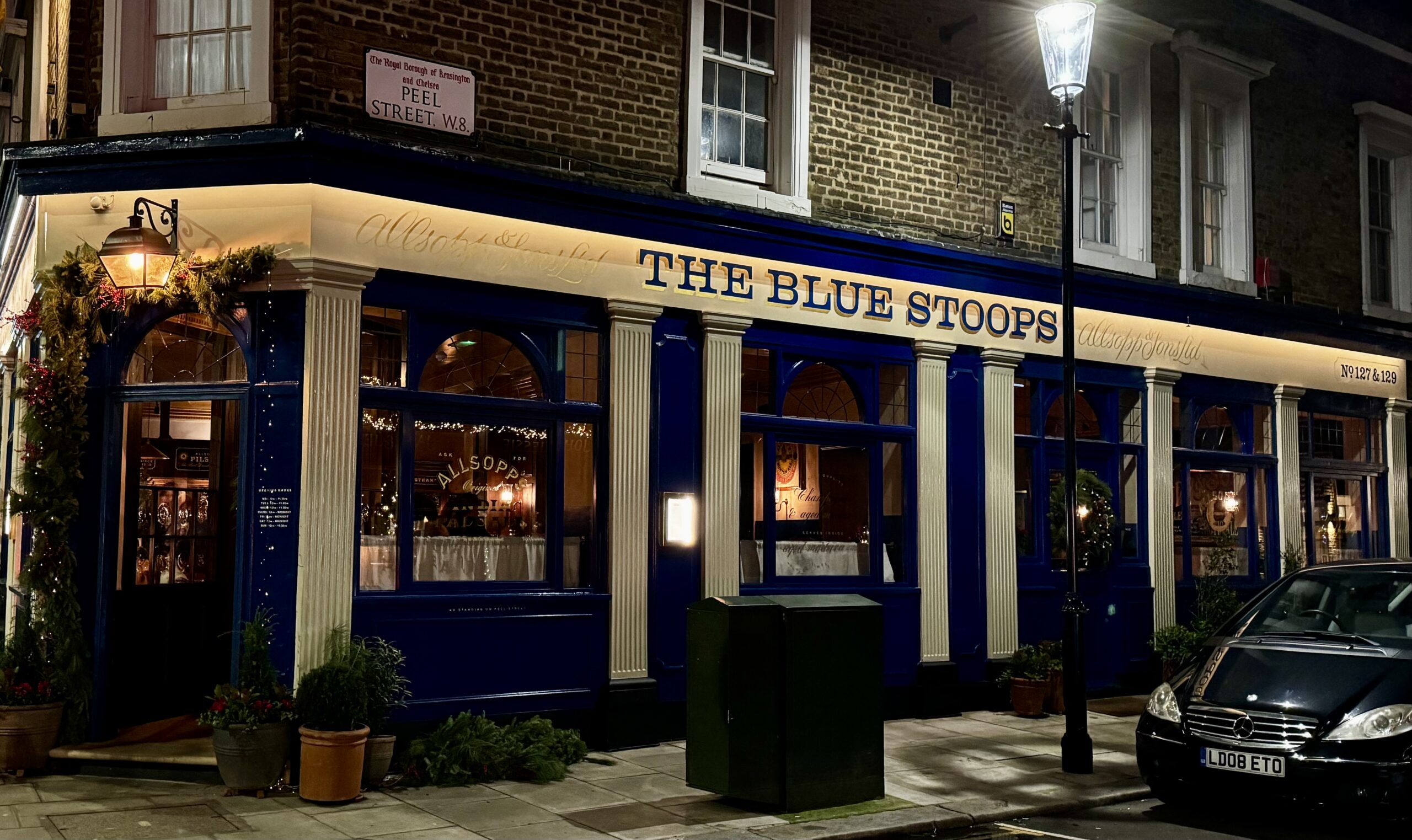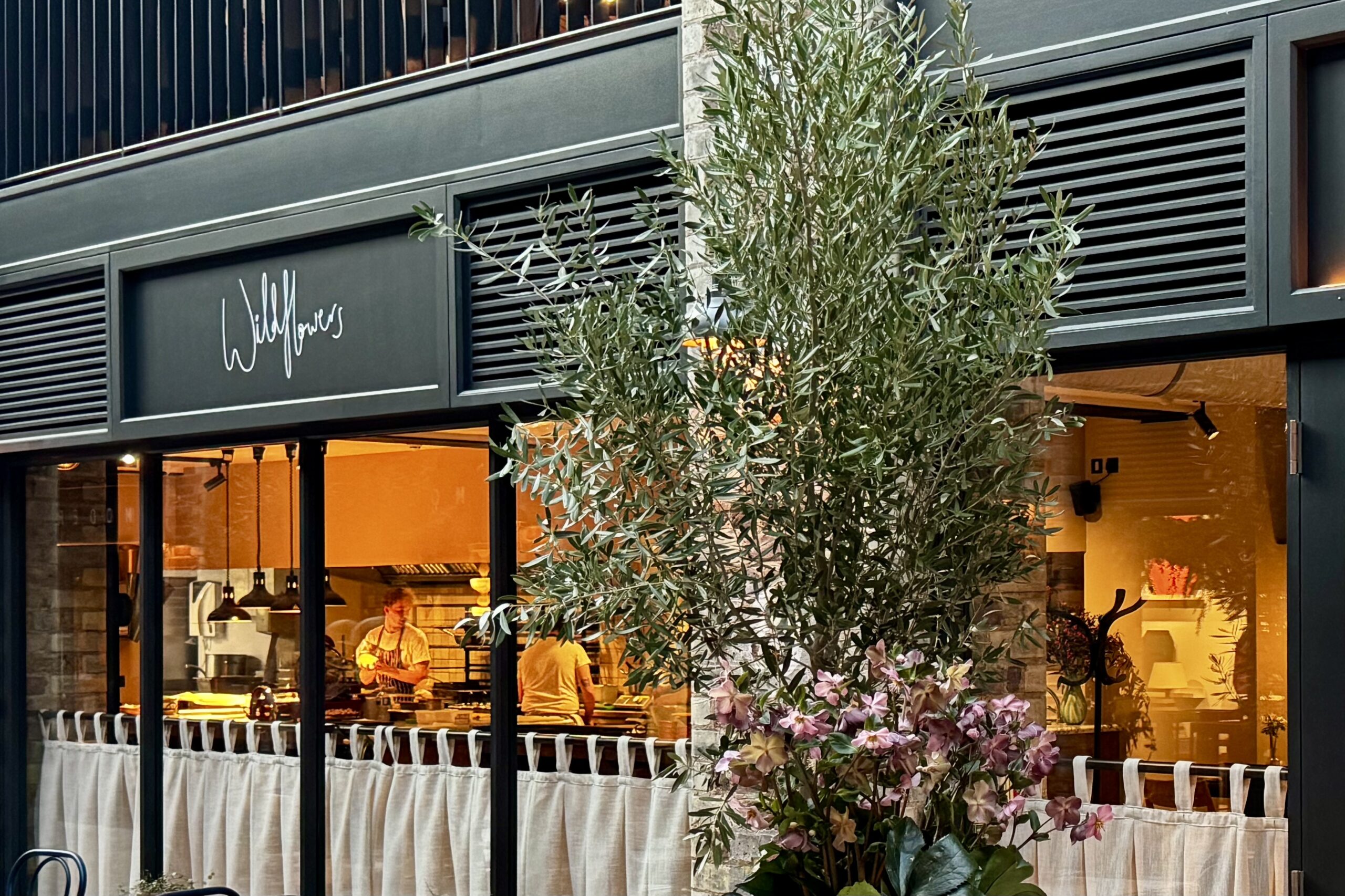Improving Food Safety Compliance in Commercial Kitchens
With over 30 years’ experience in operating and now consulting for F&B establishments, one of the consistent things that isn’t addressed is Food Safety compliance. Often ig
Benefits of Recipes, Menu Engineering and Food Cost Controls
I’ve turned around dozens of unprofitable restaurants by applying eight core strategies that deliver lasting financial and operational improvement. With deep experience in integr
How to Operate a Successful Breakfast Service
After years in professional kitchens, I’ve learned that running a great breakfast buffet is about much more than just good food. It requires precise timing, smooth flow, consiste
Insight Off The Beaten Track – Sea Palace, Amsterdam
@Insight Hospitality we are always on the lookout for exciting products, suppliers, Artisan companies and offering our support to local businesses. Our journey this week takes us a
Seven Principles for a Winning Menu, My Industry Insights
After years creating and refining menus for restaurants, hotels, and high-volume operations, one question always comes up: What makes a menu truly great? Here are the seven princip
Choose Life. I Chose the Kitchen !
“Whilst everyone has scars, and those still alive carry the stories, the other thing we have are memories. Lifelong friendships created by hard work, blood, sweat, and tears. Thi
The Restaurant Staffing Crisis: A UK Perspective
The UK restaurant industry, like many sectors, has faced significant challenges in recent years. It has the largest staff shortfall of all UK sectors and a widening skills gap. The
Insight Off The Beaten Track Jiyū
@Insight Hospitality we are always on the lookout for exciting products, suppliers, Artisan companies and offering our support to local businesses. Our journey this week takes us t
Insight Off The Beaten Track The Blue Stoops
@Insight Hospitality we are always on the lookout for exciting products, suppliers, Artisan companies and offering our support to local businesses. Our journey this week tak
Insight Off The Beaten Track Wildflowers Restaurant
@Insight Hospitality we are always on the lookout for exciting products, suppliers, Artisan companies and offering our support to local businesses. Our journey this week tak


